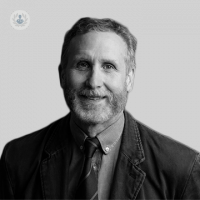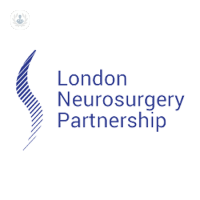Paediatric neurosurgery
What is paediatric neurosurgery?
Paediatric neurosurgery includes the evaluation, diagnosis, operative and non-operative treatment, critical care and rehabilitation of children with disorders of the nervous system. If a child has problems involving the head, spine, or nervous system, then a paediatric neurosurgeon is the specialist with the experience and qualifications to treat the child.
The neurological problems treated by paediatric neurosurgeons are quite different from those seen by an adult or general neurosurgeons. Paediatric neurosurgical problems are often present for life and children with nervous system problems require ongoing and close follow-up throughout childhood and adolescence. The most common diseases are deformities of the head or of the spine, problems and injuries of the brain, spine or nerves or birth injury or defect.

What are the conditions treated in paediatric neurosurgery?
Paediatric neurosurgeons treat the following:
- Brain and spinal tumours
- Head and spinal traumas
- Intra-cranial infections requiring surgery
- Chiari malformations
- Neuro-vascular malformations
- Hydrocephalus and CSF circulation disorders
- Spina bifida, complex dysraphysms and spinal lipomas
- Drug-resistant epilepsy
- Simple and complex craniofacial abnormalities – craniosynostosis
- Spasticity
How do paediatric brain tumours differ from adults?
There are many different types of tumours, their locations and the treatments used to manage them. The majority of tumours in children are found in the back part of the brain (the posterior fossa) and most adult tumours are found in the cerebral hemispheres. Most of the brain tumours that occur in adults are ones that have spread from other parts of the body. In children, the brain tumours usually start from the brain.
How do parents know when they might need to consult a paediatric neurosurgeon?
Children are referred to a specialist by their paediatrician. It could be if their paediatrician feels that the head is not growing right, or they have birthmarks on the lower back where they should not be. Perhaps the child is not developing by particular milestones.








